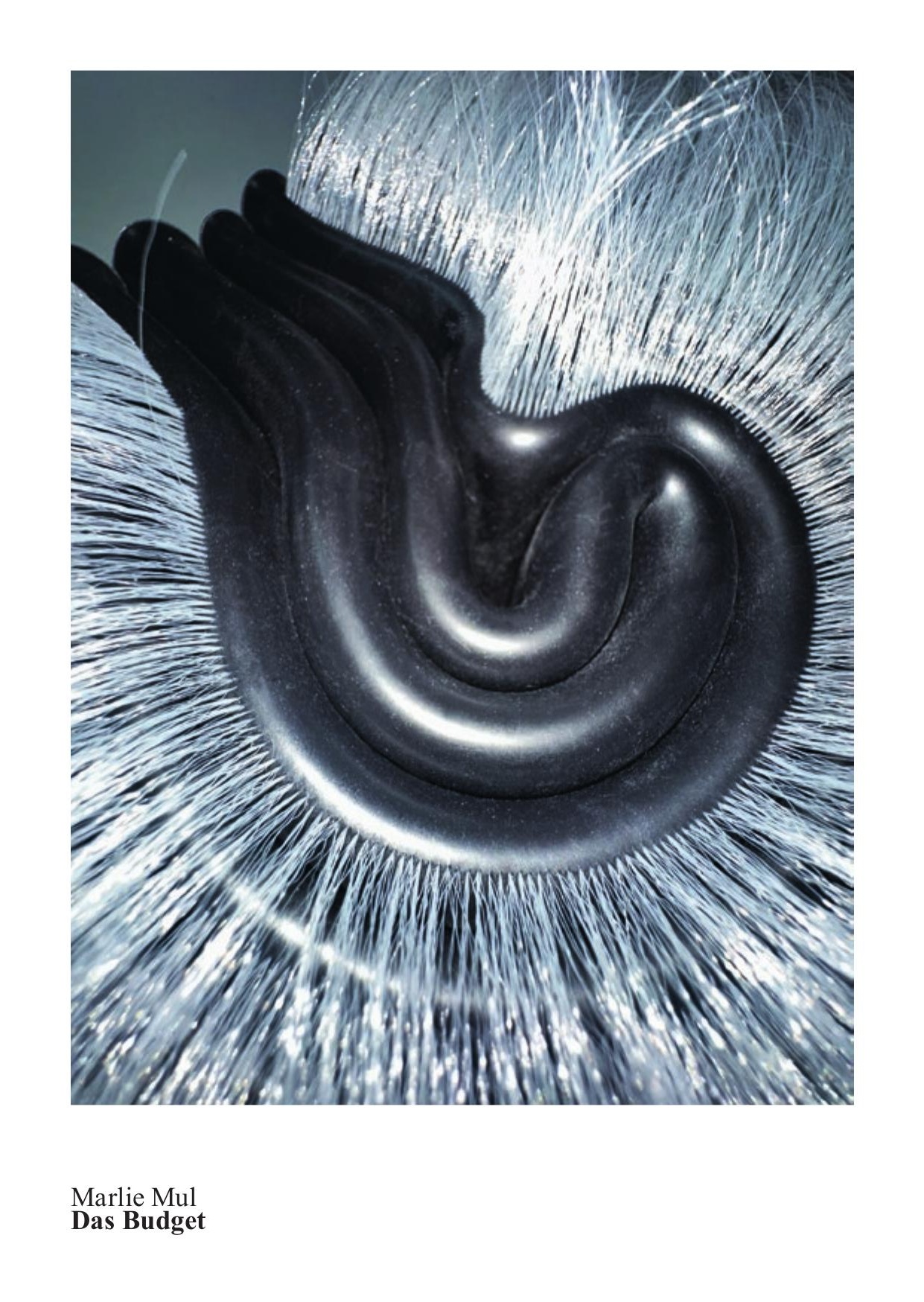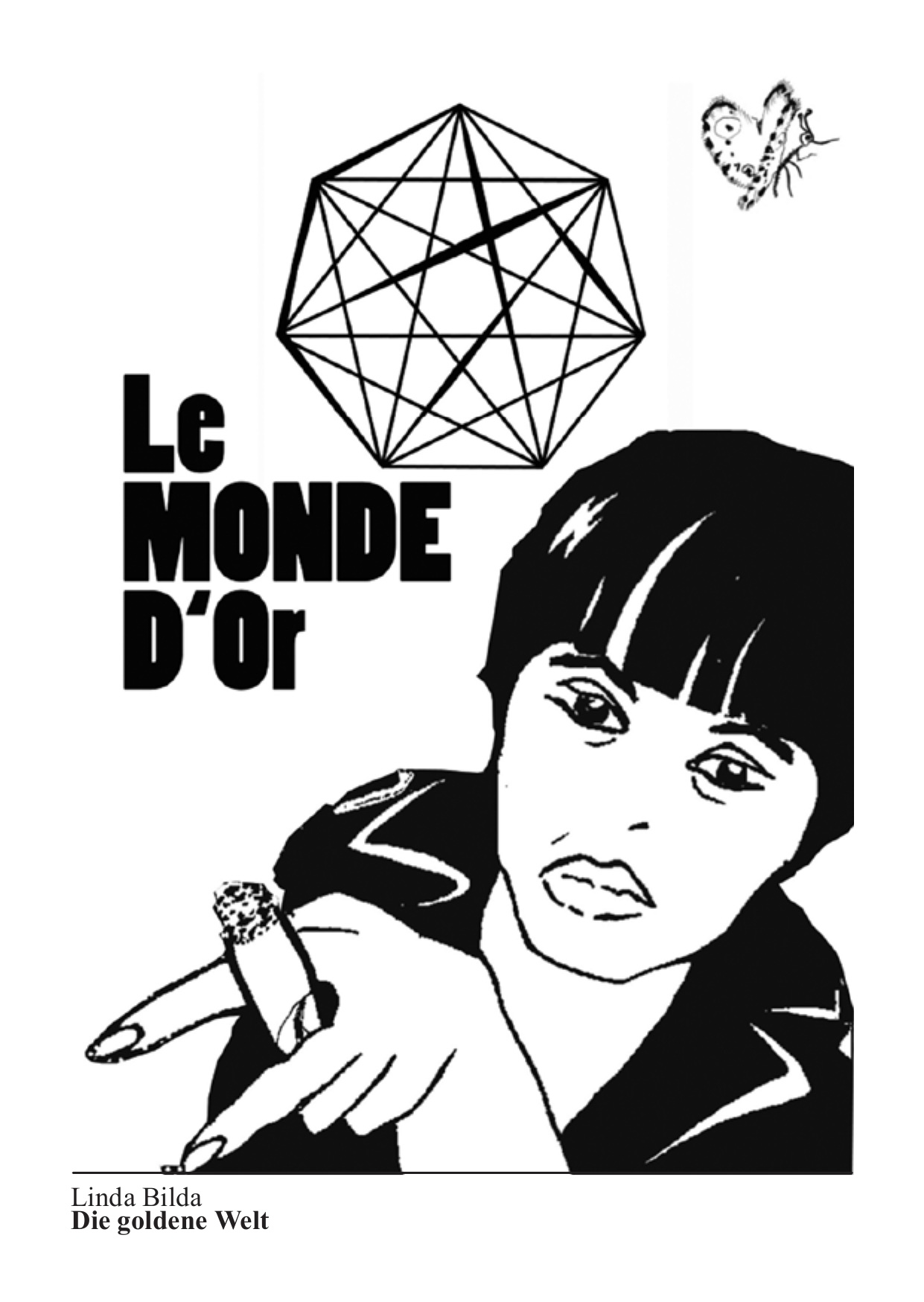3.9. – 19.11.2006
Tobias Zielony Some Sin for Nothing
Tobias Zielony (born 1973 in Wuppertal, lives and works in Berlin) has made a name for himself over the last few years with his photography series Behind the Block (2001-04). Behind the Block shows young people from the periphery of European cities like Marseille, Bristol, and Halle-Neustadt who oscillate between unemployment and petty crime, killing time in the public spaces of their bleak living environment. They live in places whose urban structure hardly varies and all of which exhibit high unemployment rates and a high potential for violence and crime. Tobias Zielony is not an ‹invisible observer› observing this generation that has been left to its own devices, but rather spends a lot of time with the young people he photographs. The result of his work consists of portrait shots and group pictures, but also architecture photographs and detail shots that move in an indeterminate zone between staged and simply observed, thereby coming close to attaining film quality. In an interview in Kunstforum International (December 2004), Tobias Zielony said that the phenomenon he is interested in can scarcely be captured with terms such as ‹marginalization›, ‹poverty›, or ‹social hotspot›. Rather, he is fascinated by the way in which these young people occupy public space and by the poses they adopt. ‹I am interested in this completely incidental form of social interaction.› Zielony avoids any empathetic viewpoint; he neither wants to disclose nor indict, but rather takes a formal question as a starting point: How do the protagonists move within their environment, how do they interact, and how do they follow the photographic perspective, the view from the outside?
If one considers, however, that the self-portrayal of the young people is significantly shaped by cultural role models, studied poses, and unconsciously stored gestures, then it becomes clear that the formal question also encompasses a substantive component.
In addition to his work Behind the Block, which he is presenting as a slide projection, Tobias Zielony is also showing his newest photography series Big Sexyland (2005) in the Kunsthaus Glarus. For this project, he spent several months photographing young men in a porn cinema and an adjoining park. The men, who earn their money with sex work, meet there, pursue dates, or push the worn cinema seats together to sleep.
As he already did for his work AGIP/GULF/ARAL, Tobias Zielony took his pictures at night or under the influence of artificial light: with strong flash effects outside in the park or in the artificial light of the video projectors in the interior of the cinema. Tobias Zielony's black-and-white photographs reference the genre of photojournalism, but they are not shrill or sensationalistic. For instance, the information is conveyed rather incidentally that the young men are prostitutes who in many cases solicit clients to finance their drug consumption.
The cinema as the main venue of Big Sexyland could be understood symbolically as a place of longing or projections. Many of the men originating from Central and Eastern Europe only knew the West from television and Hollywood movies. The lifestyle they dreamed of was represented by commercial Hollywood productions, and Germany appeared as a promising ‹Big Sexyland›, as a place of material promises and individual liberation. The sex movies shown in the Big Sexyland cinema only make clear, however, in what a cynical way the promise of the Western capitalist economy has become reality for these young men.
The light of the video projector reflected off the screen illuminates the old, tattered furnishings of the cinema and the exhausted faces of the young men who spend time or sleep there. The movies themselves remain invisible in the photographs by Tobias Zielony, however. No one is interested in them; they are not a window to the world, but rather part of the setting that refers to the industry in which the men move to offer their services. Perhaps they see the Big Sexyland in their dreams that they had always wished for, but that they haven't found in reality.

















